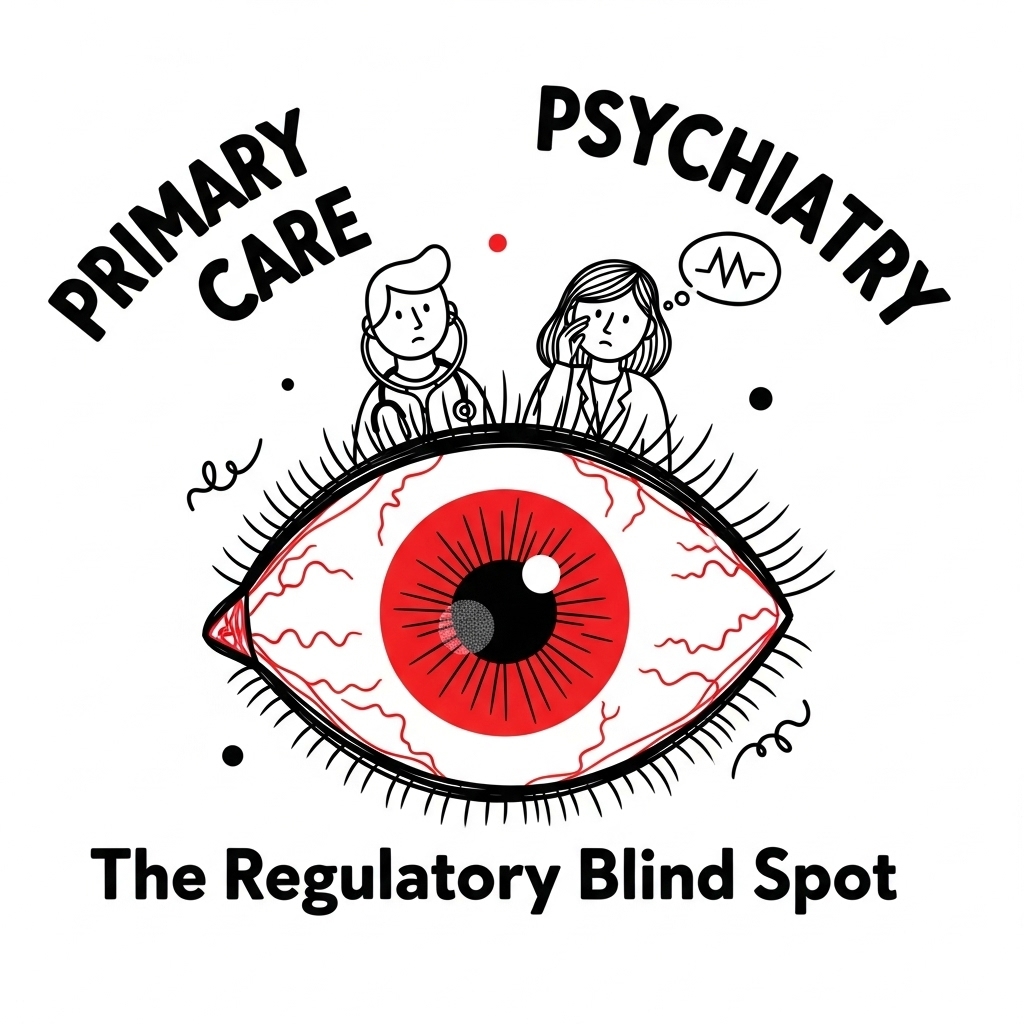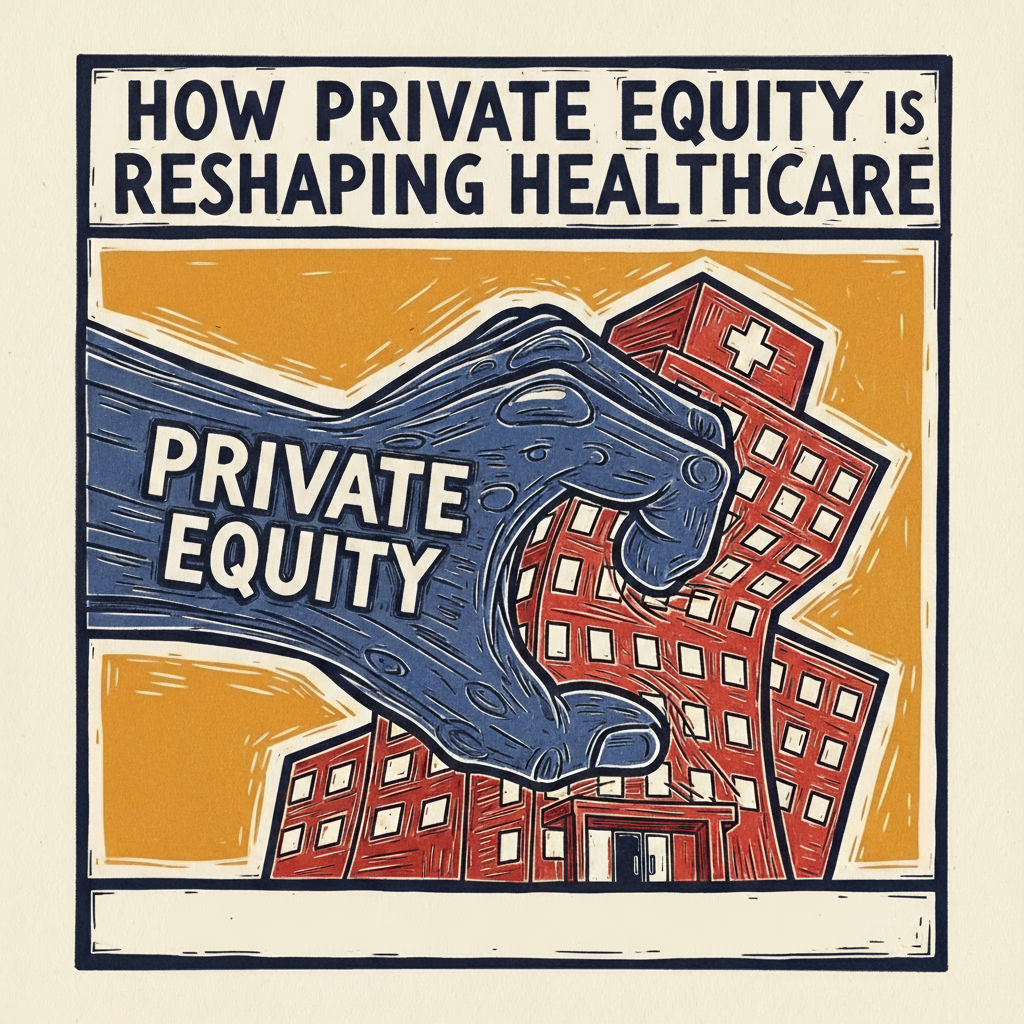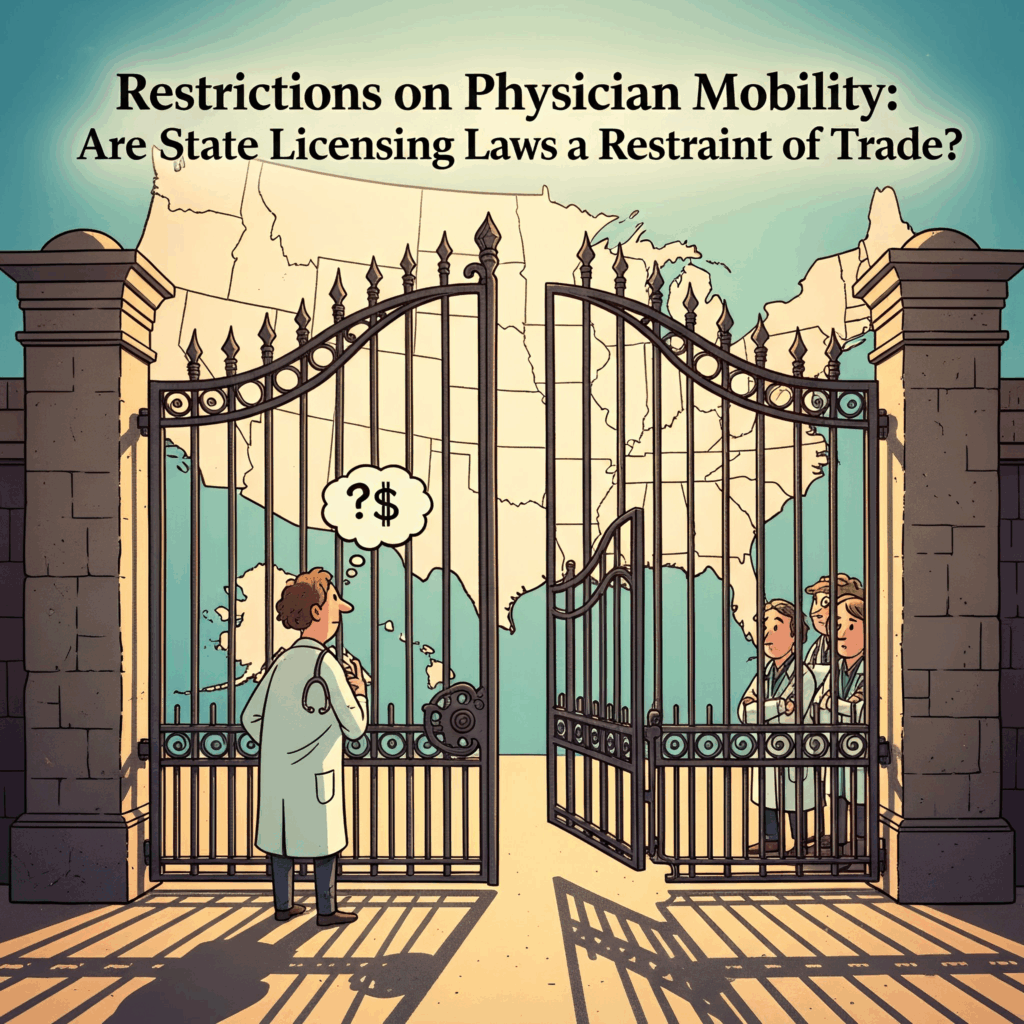
The Regulatory Blind Spot in Primary Care and Psychiatry
Doug Jorgensen
February 5, 2025
Introduction: Flying Under the Radar Isn’t a Strategy
If you’re in primary care or psychiatry, chances are you believe you’re not a target for regulatory scrutiny. After all, you’re not running a pain clinic. You’re not writing 300 morphine scripts a month. You’re just helping your patients—most of whom are anxious, stressed, or struggling to focus.
But let me be clear: that mindset is a dangerous blind spot.
Over the past 25 years, I’ve been called in as a consultant and expert witness on dozens of federal and private investigations, auditing north of 100K medical records. And the trend is unmistakable. Regulators are no longer focused solely on opioid prescribers. Their attention has shifted—to you.
If you’re routinely prescribing benzodiazepines or amphetamines—and you don’t have a formal risk mitigation system in place—you are now squarely in the crosshairs.
The Numbers Don’t Lie: You Are the New High-Risk Group
Let’s take a look at the data:
- 30.6 million adults in the U.S. reported past-year benzodiazepine use
- 9.47 million Americans are prescribed stimulants for ADHD
- The majority of these prescriptions are written by primary care physicians, psychiatrists, and pediatricians
Despite this volume, most of these providers aren’t conducting:
- Prescription monitoring checks
- Urine drug testing
- Pill counts
- Controlled substance agreements
That’s a regulatory time bomb. And it’s only a matter of when—not if—it detonates.
Why Primary Care and Psychiatry Are Now the Bullseye
Historically, pain clinics bore the brunt of regulatory scrutiny. They were easy to isolate, monitor, and prosecute. But after years of crackdowns, many pain clinics adopted strict compliance protocols—or shut down entirely.
So where did the prescriptions go?
They flowed into routine clinical settings. Into family medicine. Internal medicine. Psychiatry. Pediatrics. The places where patients are seen frequently, scripts are written quickly, and oversight is minimal.
These environments breed comfort. But comfort leads to complacency. And complacency, in the world of controlled substances, is negligence.
What Makes This So Dangerous?
Three things:
- Lack of Oversight: Most providers in these specialties don’t treat benzodiazepines or stimulants as “serious” controlled substances. But they are. They’re scheduled drugs with black market value, abuse potential, and high diversion rates.
- High Trust, Low Verification: Clinicians trust their patients. They don’t check prescription histories, conduct drug screens, or require pill counts. That’s noble—but it’s not defensible when an audit arrives.
- Normalization of Chronic Prescribing: What began as short-term anxiety treatment becomes multi-year Xanax prescriptions. ADHD scripts written during high school continue into adulthood unchecked. Patients get comfortable. So do providers. That’s how systemic risk creeps in.
The Regulatory Focus Is Shifting—Rapidly
The DEA, DOJ, and CMS are already pivoting. Investigations are now looking at:
- High-volume benzo and stimulant prescribers
- Patients with overlapping prescriptions across specialties
- Outlier prescribing patterns (especially Schedule II, III and IV’s)
- Telepsychiatry platforms with loose verification processes
If that sounds like your practice—or a practice you refer to—consider this your wake-up call.
Risk Mitigation Isn’t Just for Pain Clinics Anymore
Every provider who prescribes controlled substances—especially in primary care and psychiatry—must implement baseline safeguards. Here’s what that looks like:
1. Prescription Monitoring Program (PMP) Checks
Every prescribing event. No exceptions. If your state has a PMP (most do), use it. It’s not optional anymore—it’s expected.
2. Controlled Substance Agreements (CSAs)
Clearly define terms of use, including single-provider policies, refill rules, and expected behaviors. This gives you leverage and legal clarity when issues arise.
3. Urine Drug Testing (UDT)
Quarterly testing for chronic users. Random tests for moderate-to-high-risk patients. Screen for both expected medications and illicit substances.
4. Pill or Strip Counts
At least quarterly plus randomized, and documented. This catches diversion early and documents your diligence.
5. Documentation of Early Refills & Lost Medications
Every exception should be reviewed, documented, and tracked. Patterns matter—and they will be used against you in an audit if you don’t control them.
The Real Cost of Ignoring This
Here’s what’s at stake when risk mitigation isn’t in place:
- Licensing board complaints
- DEA audits
- Payer clawbacks and fines
- Loss of credentialing
- Lawsuits in the event of patient overdose or diversion
- Criminal referral and/or indictment
I’ve defended good doctors—doctors with no history of misconduct—who simply failed to follow these steps. In many cases, their clinical care was sound. But their documentation was weak. Their protocols were nonexistent. That’s all it takes.
Final Thoughts: Awareness Isn’t Enough. Action Is Required.
It’s easy to assume that because you’ve never had a problem, you won’t have one in the future. But ask any provider who’s been through an audit—they’ll tell you that the letter arrives without warning. The investigators don’t care how busy you are, how good your intentions were, or how many patients sing your praises.
They care about the documentation. The protocols. The data trail.
You cannot control who they audit next—but you can control whether you’re prepared.
This is your opportunity to build a defensible practice—one that keeps you compliant, your patients safe, and your career intact.
About the Author
Douglas J. Jorgensen, DO, CPC, FAAO, FACOFP
Dr. Doug is a national leader in medical regulatory consulting, expert witness testimony, and controlled substance compliance. He has reviewed over 100,000 medical records, advised DOJ and DEA investigations, and helped providers implement risk mitigation systems that protect their practices and their patients.


